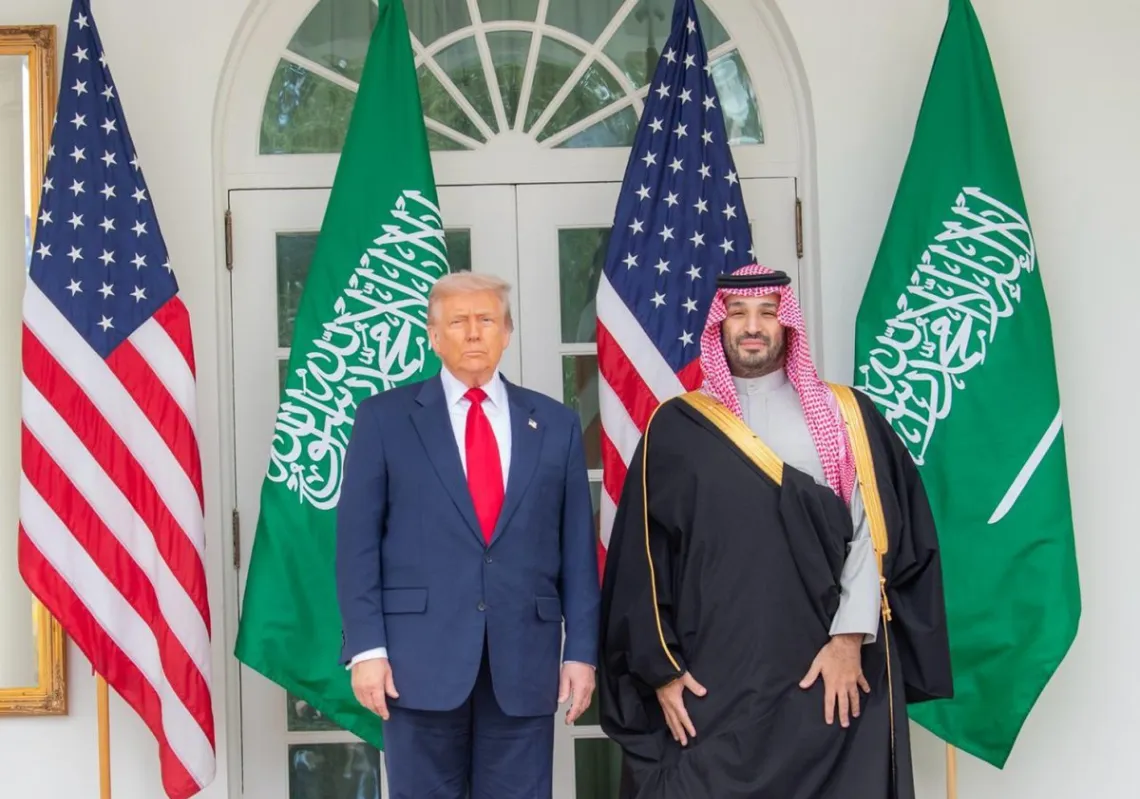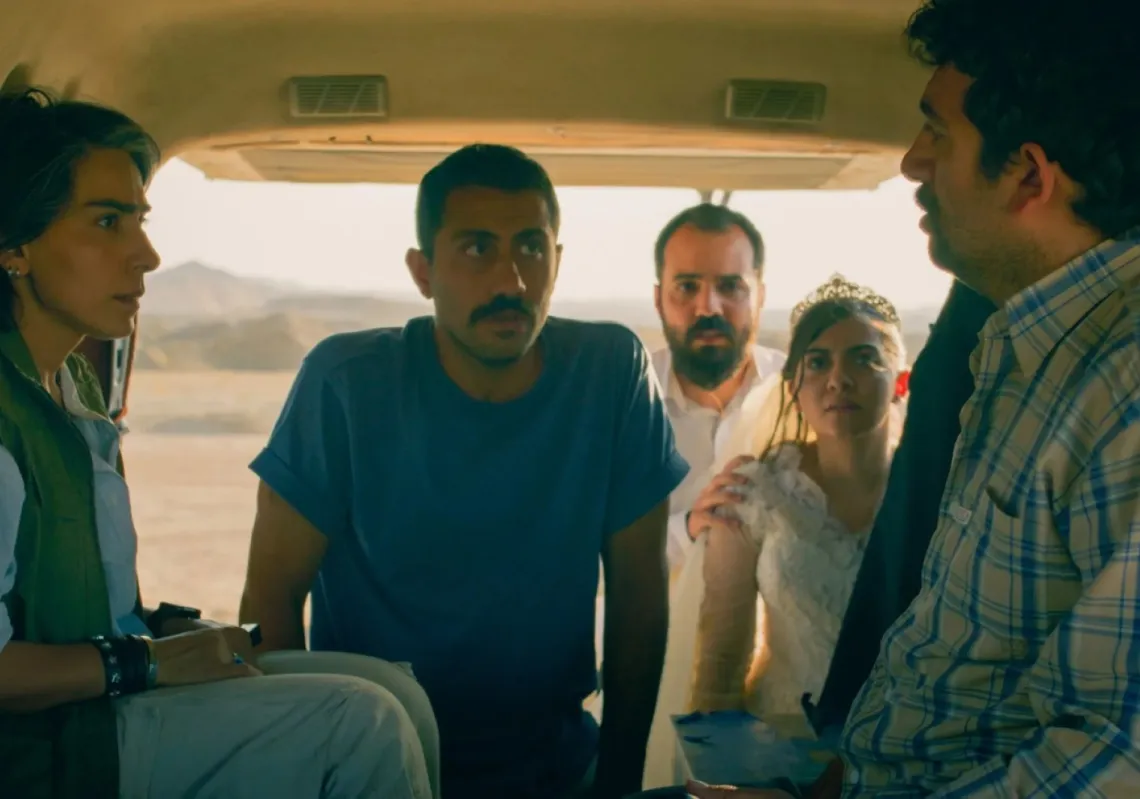After months of the world’s pressure on China over its refusal to allow World Health Organization experts to trace the origins of the Covid-19 pandemic, the Chinese government allowed a team of 14 members to visit the city of Wuhan. Their visit has finally wrapped up.
The two groups of scientists, from China and the WHO, started working on investigating the origins of the virus by visiting laboratories, disease-control centers, and live-animal markets.
The WHO team included international experts from Australia, Denmark, Germany, Japan, the Netherlands, Qatar, Russia, Britain, the United States, and Vietnam, along with experts from the Food and Agriculture Organization of the United Nations and the World Organization for Animal Health.
Earlier this week, the team returned from China and Dr. Peter Daszak, a member of WHO team and an animal disease specialist, revealed to the New York Times some information about the trip and the situation at the site of the world’s first outbreak.
“It was just a very difficult, very intense, very emotional trip. In Wuhan, there’s this feeling of post-traumatic shock," said Dr. Daszak.
Earlier in the pandemic, the US had urged China to make available data from the earliest stages of the pandemic.
Dr. Daszak said that the two groups of scientists agreed to pursue the ideas that the Chinese government has been promoting, e.g., that there is a possibility that the virus was transported by frozen food. But the WHO group was disappointed by the refusal of the Chinese government to reveal raw data for analysis.
The team had requested raw patient data on 174 cases that China had identified from the early phase of the outbreak in the city of Wuhan in December 2019, as well as other cases, but were only provided with a summary, Dominic Dwyer, an Australian infectious diseases expert and member of the WHO team, told Reuters.
However, Beijing has insisted it was transparent with the WHO investigators.
The team has discovered some new information and discounted the theory that the virus originated in a lab. The team explained that this possibility did not deserve further investigation and they agreed on the theory of an animal origin within China or Southeast Asia.
The Huanan seafood market in Wuhan, which became widely known worldwide after being identified as a possible point of origin of Covid-19, closed on 31 December 2019 and China’s C.D.C. sent a team of scientists to find out what was happening.
In the end, over 900 swabs were done and the samples included animals around the market such as cats, stray cats, rats, snakes, live turtles, rabbits, and live frogs. They even caught one weasel and tested it.
“There were 10 stalls that sold wildlife. There were vendors from South China, including Yunnan Province, Guangxi Province, and Guangdong Province. Yunnan Province is where the closest relative to SARS-CoV-2 is found in bats. Guangxi and Guangdong are where the pangolins were captured. They had closely related viruses.” Daszak said.
Additionally, the Chinese group took samples of animals coming to the market. Some of the animals came from places where the nearest relatives of the virus are found.
The samples of these animals were negative except for one small group which was not examined.
“There are other patients who have no links to the market, quite a few in December. There were other markets. And we do know that some of the patients had links to other markets. We need to do some further work” Dr. Daszak told the New York Times.
The scientists believe that the virus emerged from bats either in Southeast Asia or Southern China, and entered a domesticated wildlife farm. They often have mixed species such as civets, ferret-badgers, and raccoon dogs. Those animals would be able to get infected by bats.
“Patient records are kept highly confidential in China.” Dr. Daszak added.
The WHO team wanted to meet certain patients but the patients refused and the team said that all information about vendors, vendor chains will be included in the report and there will be a follow-up.
Covid-19 origin-tracing is "a complex scientific issue involving many countries and regions," and should be carried out by global scientists in collaboration, Chinese Foreign Ministry spokesperson Wang Wenbin said earlier this week.
The WHO team has been working on a summary report which is expected to be published next week. A final report will be published in the upcoming weeks, according to Tedros Adhanom Ghebreyesus, Director-General of the WHO.








